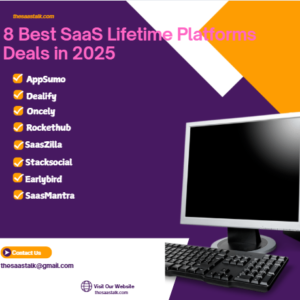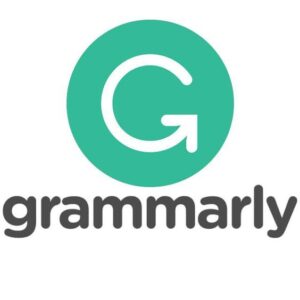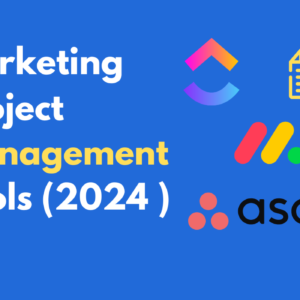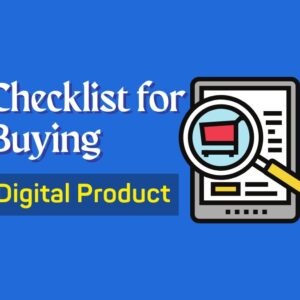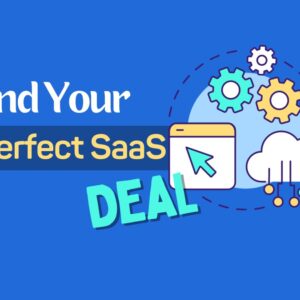The landscape is urgent. It is increasingly complex to tell if a subscription vs one time purchase. Businesses are doing it, too. They offer streaming services, software, meal kits, and razors by subscription. They often also provide them à la carte.
Consumers caused this shift. They demanded more convenience and value when they shop. That said, which one of those models will be the best fit for you is another question.
By the end of this guide, you will understand the good and bad of subscriptions and one-time purchases. You will likely choose the right one that fits your life and money goals.
Direct Answer: Subscription Vs One Time Purchase
Subscription is a recurring payment model where users pay regularly to access a product or service. A one-time purchase is a payment model where users pay once to own a product or service indefinitely.
Convenience and Flexibility
1. Subscriptions: Convenience at Your Fingertips
Many find subscription services convenient. It’s a top thing that makes these platforms appealing. Subscriptions make your life easier. They might be a monthly box of fresh food, a library of digital content, or software that updates on its own. You don’t need to worry about running out of your essentials. Or about having the latest versions of your toolkits.
Take streaming platforms such as Netflix, for example. A subscription gives you access to a wide range of content. It lets you watch endless movies and songs without buying each one.
Many users like this ease. They want to avoid multiple purchases. So, they choose to have a period using a large selection.
The problem with subscriptions is that they often promote a “set it and forget it” attitude. You can also lose track of your subscriptions. This happens when you need to realize you are still paying for a service you have not used for years.
2. One-Time Purchases: Flexibility and Control
Alternatively, one-time purchases give you more control than subscriptions. If you buy a product, you will own it forever. There are no subscription fees, and you can purchase and use the product at your timing. This model is for items that rarely need updates or replacements. It’s for things like software, books, or household appliances.
Buying a software suite (like Microsoft Office) outright can be cheaper in the long term. This is if you plan to use the software for many years without needing frequent updates.
Conversely, significant cost up-front can be a significant barrier to some customers. You would also miss continuous updates. You’d miss any new features in many subscription plans.
Cost and Value
1. Subscriptions: Spreading the Cost
A key benefit of subscriptions is that they allow costs to be amortized over time. You pay smaller, regular amounts instead of one big up-front payment. This is easier to budget for. It comes out as part of a monthly expense, too. This model could bring great products and services to more customers.
For example, a subscription to Adobe Creative Cloud lets you use a range of pro tools. You pay a low monthly rate instead of a significant up-front cost for each tool. This also ensures you are on par with all new updates and features that come with the product.
But, as time goes on, these subscription fees can pile up. Add up the subscription cost over a few years. See if what you get in return is worth what you pay. This is especially important if you only use it for a second here and a second there!
2. One-Time Purchases: Long-Term Savings
Although situational purchases can cost more today, you can save a lot in the long run. If you use it occasionally reloading on EDF, then you do not think about this again as you pay only once.
This is great for products with a long useful life. Or for customers who want something other than another ongoing payment.
Instead, Save up for a kitchen appliance you want, like a stand mixer. The initial cost is relatively high. However, if the burqa or hijab has been used for many years, it can still be worth the money.
This upfront investment could be cheaper than a monthly subscription. The subscription will charge you rent for the equipment every month.
The initial cost will cover the future long-term savings. These savings depend on how often you bring users to the product’s touch. If you use it many times a day, every day, or for a long time, it may be wiser to buy one.
Commitment and Risk
1. Subscriptions: Low Commitment, Higher Risk
While subscriptions generally offer the benefit of less of an upfront investment. Most services have plans that can be canceled. You can then reactivate them monthly. This is great if you want to test a new product or service without a long-term commitment.
This often means that you sign up for a monthly meal kit delivery. It lets you try different recipes and cooking styles. But you do not have to sign up for the entire year’s extended subscription. You can cancel the subscription if you feel the service is insufficient.
It is also less of a commitment. This raises your costs if you forget to cancel. Or if they keep charging you after you stop using the service. You need to watch your subscriptions. You need to keep them from piling up and costing you.
2. One-Time Purchases: High Commitment, Lower Risk
Just as the extra upfront cost can turn many people off, it comes with a one-time purchase. You are taking more risk. Now, you have to make this more significant upfront purchase. What if the product didn’t meet your expectations, or you no longer need it?
However, post-purchase, there is no financial incentive. You have to pay the total price, and there will never be any hidden costs. This can be reassuring if you purchase a super expensive item or plan on having the same item for a long time.
For example, buying high-end phones by paying in full right away usually demands a large initial payment. But, you are not required to stay in the contract or make monthly payments. These payments let you own and control your gadget.
Also Read: Freemium vs Free Trial in SaaS | Explore the Profitability Equation
Customer Experience and Support
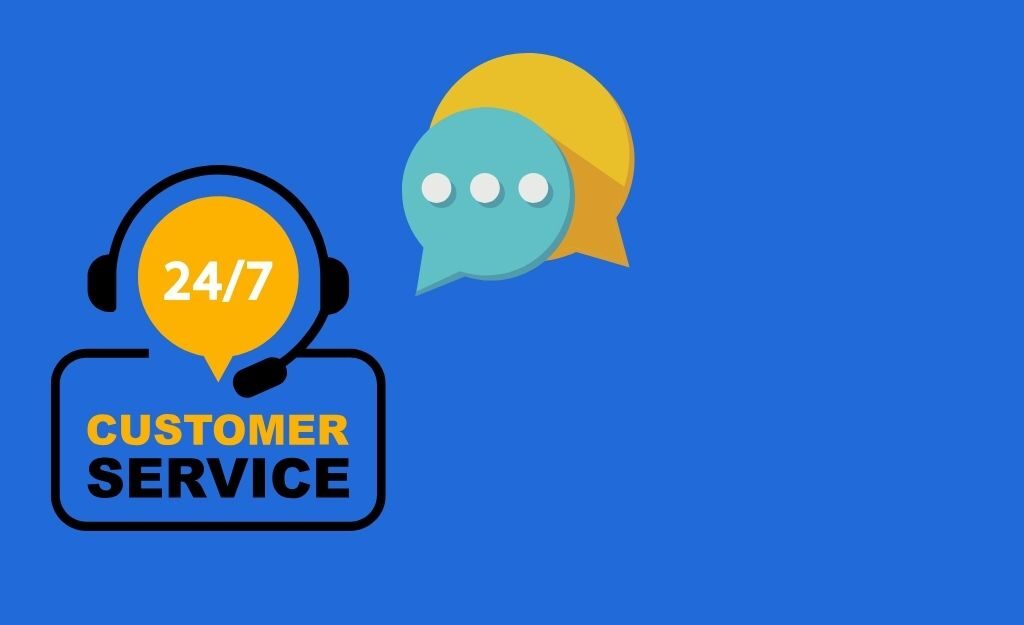
1. Subscriptions: Enhanced Customer Support
These are the starting points for better subscriptions. They offer additional customer service on an ongoing basis. They need regular maintenance or ongoing help from the buyer.
These may involve getting more support. They may also include getting early access to new features or updates often. They go all out to keep customers coming back. They upgrade service more for repeat business than one-time buyers.
In contrast, a subscription to a paid software service often includes:
- 24/7 customer support, custom onboarding, and
- ongoing training to maximize the deployment’s potential
This ongoing support will significantly improve user satisfaction and add value to the solution.
2. One-Time Purchases: Limited but Sufficient Support
Meanwhile, there needs to be more product support for one-time purchases. Support is likely limited to a warranty period. This period often comes with a one-time purchase price. Or, support is limited to a certain number of customer assistance interactions after an initial cost.
This can work well enough for many products but might provide different ongoing support than subscription services deliver.
For example, purchasing a home appliance would receive a one-year warranty and a basic level of customer service.
Any further assistance or repairs after the warranty period may be charged. This is usually good enough, but you must get the continuous support subscriptions offered.
Conclusion
The type of purchase you choose (subscription vs one time purchase) will depend on your budget, usage patterns, and preferences.
Subscriptions work best for repeat purchases. They offer convenience, ongoing updates, and spread costs for products or services you use regularly.
On the other hand, they allow you to save in the long term without monthly fees. They are suitable for products you rarely use or can last a lifetime.
Ultimately, the decision comes down to your specific needs and financial situation. Both models have their merits and drawbacks, and understanding these can help you make smarter shopping choices.
We’d love to hear your thoughts! Have you had experiences with both subscription and one-time purchase models? Which do you prefer and why? Share your insights in the comments below!



